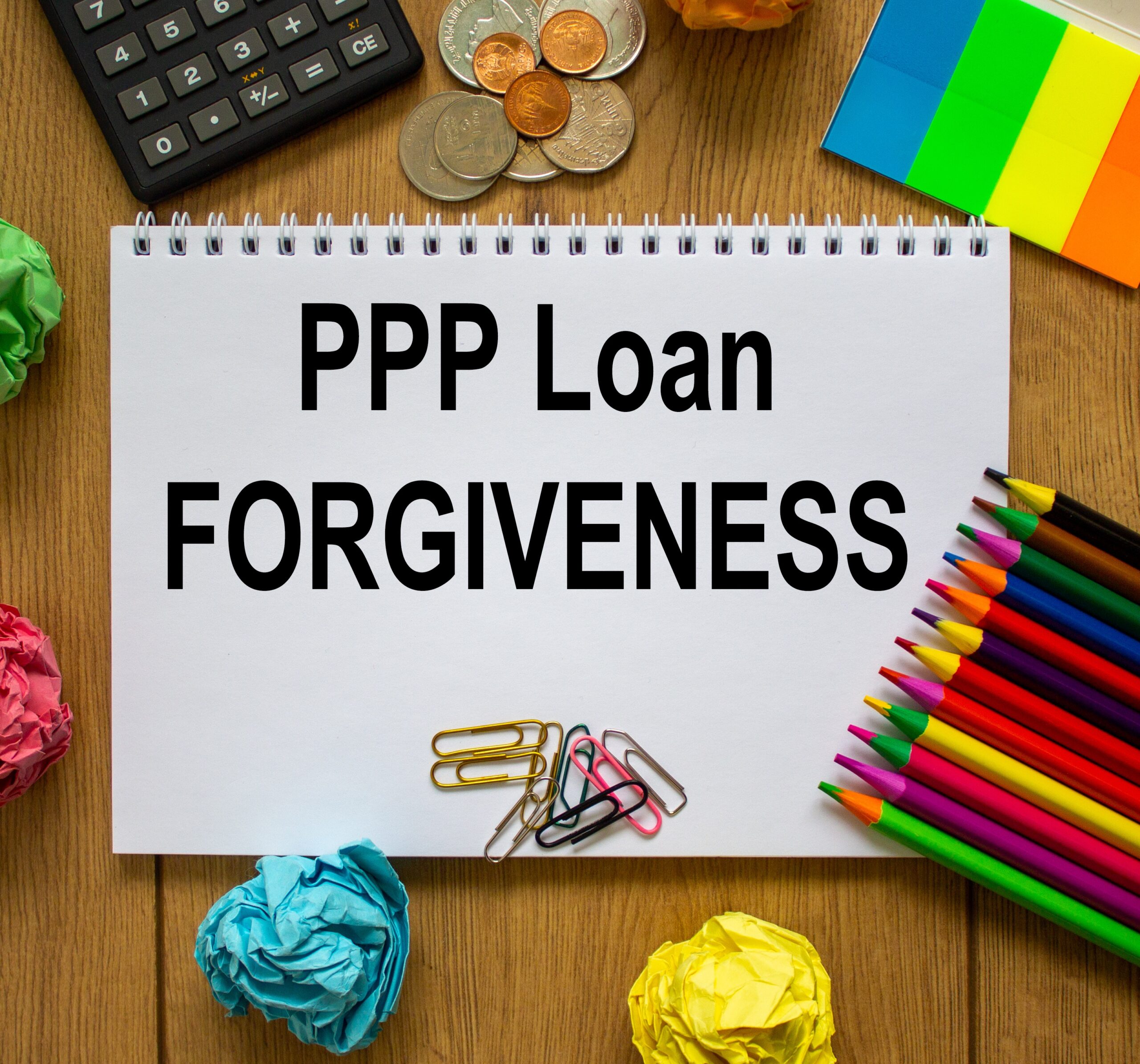The latest relief bill reduces paperwork and expands coverage for PPP Loan Forgiveness Program
While owners of businesses of all sizes gear up to apply for the Paycheck Protection Loan Forgiveness Program, many are wondering if it’s possible to complete the detailed application process on their own. Many factors go into determining whether it’s best to try it yourself or seek the help of a professional. Either way, we are here to help.
There are many reasons for business owners to be pleased with the program, including the fact that it covers more expenses and reduces the forgiveness paperwork burden for the smallest borrowers. The number of categories eligible for loan forgiveness has also been expanded.
Let’s outline the steps involved for both First Draw PPP loans and Second Draw loans. Keep in mind too, that information on the loans is evolving as new legislation is examined and requirements may change. You can always check back with us for the latest information.
First Draw PPP Loans made to eligible borrowers qualify for full loan forgiveness if, during the 8 to24-week covered period following loan disbursement:
1. Employee and compensation levels are maintained
2. The loan is spent on payroll costs and other eligible expenses
3. At least 60 percent of the proceeds are spent on payroll
Second Draw PPP Loans made to eligible borrowers qualify for full loan forgiveness if, during the 8 to 24-week covered period following loan disbursement:
1. Employee and compensation levels are maintained in the same manner as required for the First Draw PPP loan
2. The loan is spent on payroll costs and other eligible expenses
3. At least 60 percent of proceeds are spent on payroll
Of course, it’s important to know how and when to apply for loan forgiveness. According to the Small Business Administration, you can apply to have your loan forgiven when you’ve used all the funds that you’re asking to be forgiven. You can apply any time up to the loan’s maturity date. If you don’t apply for forgiveness within 10 months after the last day of the covered period, then your PPP loan payments are no longer deferred and the borrowing business will have to start making payments to its PPP lender.
Here’s what you need to do in order to apply for your loan forgiveness. First, contact your lender and complete the correct form. Your lender can provide you with either the SBA Form 3508, SBA Form 3508EZ, SBA Form 3508S or an equivalent form your lender may use.
The 3508EZ and the 3508S are shortened versions of the application for businesses that meet specific requirements. We can help you navigate that process and your lender can provide further guidance on submitting the application, too.
As with all loans, you’ll need to compile your documentation. That includes:
1. Bank account statements or third-party payroll service provider reports documenting the amount of cash compensation paid to employees
2. Documentation for all payroll periods that overlapped with the Covered Period or the Alternative Payroll Covered Period
3. Tax forms (or equivalent third-party payroll service provider reports) for the periods that overlap with same periods as above
4. Payroll tax filings that were reported, or will be reported, to the IRS (typically, Form 941).
5. State quarterly business and individual employee wage reporting and unemployment insurance tax filings that were reported, or will be reported to your state
6. Payment receipts, cancelled checks, or account statements documenting any employer contributions to employee health insurance and retirement plans that the borrower included in the forgiveness amount
There are non-payroll expenses to be documented, as well. These are for expenses you had or paid during the covered period that show obligations or services that existed before Feb. 15, 2020 and include:
1. Business mortgage interest payments; copy of lender amortization schedule and receipts verifying payments, or lender account statements
2. Business rent or lease payments, or lender account statements
3. Business rent or lease payments; copy of current lease agreement and receipts or cancelled checks verifying eligible payments
4. Business utility payments; copies of invoices and receipts, cancelled checks or account statements
These lists are comprehensive, but not all-inclusive. Once you’ve completed and submitted all of your documents, you should follow-up with your lender to see if anything’s missing. Continue communicating with your lender throughout the process and always provide needed information in a timely way.
According to the SBA, recent legislation has eliminated the original requirement to deduct the amount of EIDL (Economic Injury Disaster Loan) Advance you may have received from your PPP loan forgiveness.
The PPP process has been simplified a great deal since its onset in 2020, but it can be confusing and even overwhelming. Please don’t hesitate to call us to schedule a call or meeting, should you find you need some help with your application.




0 Comments